This is the surprising impact of weather on war
- By We Are the Mighty
Share This Article
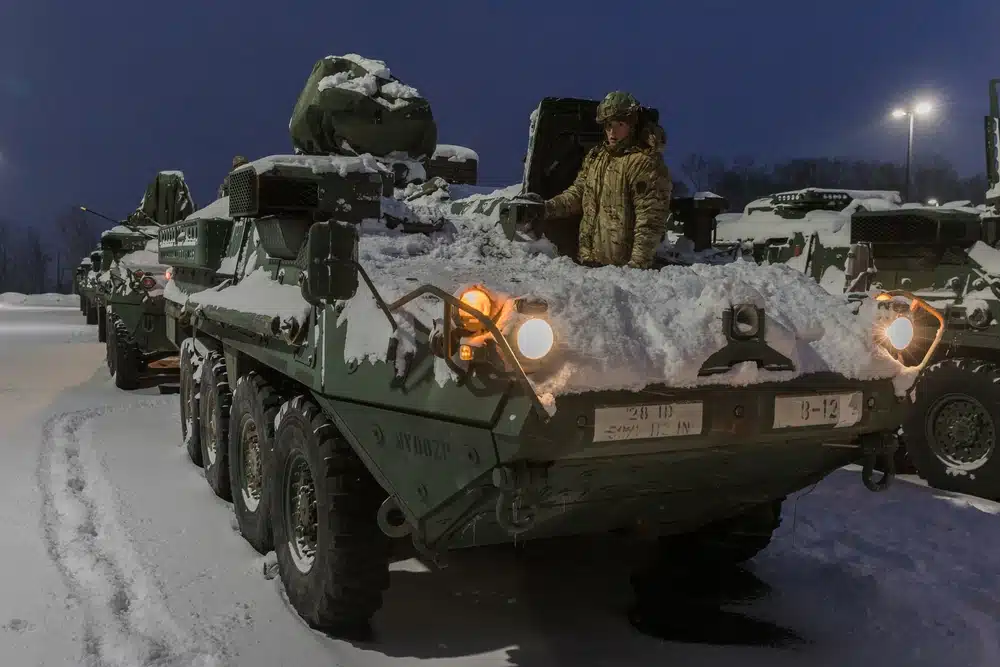
History is replete with examples of how weather directly affects the outcomes of military operations and causes planners to attempt to negate and avoid those effects.
Wind and waves
One of the earliest recorded stories of unusual weather in war comes from the two attempts by the Mongols, under Genghis Khan’s grandson Kublai, to invade Japan. In the autumn of 1274, a fleet of between 500 to 1,000 Mongol ships appeared off the east coast of Japan, carrying over 30,000 troops. A typhoon struck the fleet, killing thousands and sinking or damaging most of the ships. Again in 1281, another attempt with over 4,000 ships and almost 150,000 troops was made. Shore defenses prevented an easy landing by the Mongols, and the invasion fleet remained offshore for several months until another storm struck that fleet. It is estimated that half of the invaders were killed or captured, with most of the ships destroyed.
These saving storms became known as the “Divine Wind,” or Kamikaze in Japanese history, and were the basis for the Japanese suicide aircraft attackers of World War II.
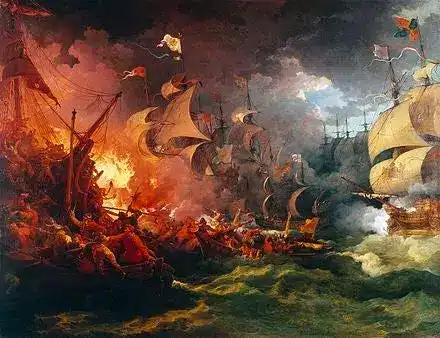
In the Summer of 1588, a mighty Spanish fleet of over 130 ships, the Armada, sought to invade England. After being thwarted by small English fleets, a strong storm bringing unfavorable winds forced the Armada to sail around Scotland and out into the North Sea, and then south to attempt to return to Spain. Subsequent storms and unfavorable winds pushed the Spanish ships to the west coasts of Ireland and England, either sinking or being captured upon landing. Very few ships made it back to Spain.
Related: What’s the deal with the B-21 Raider’s crazy windscreens?
Heat
Two examples of defenders believing attacks on their locations could not be made from certain directions due to the heat and its effects on terrain involved the British. They are the Arab attack on Aqaba in World War I and Singapore in World War II.
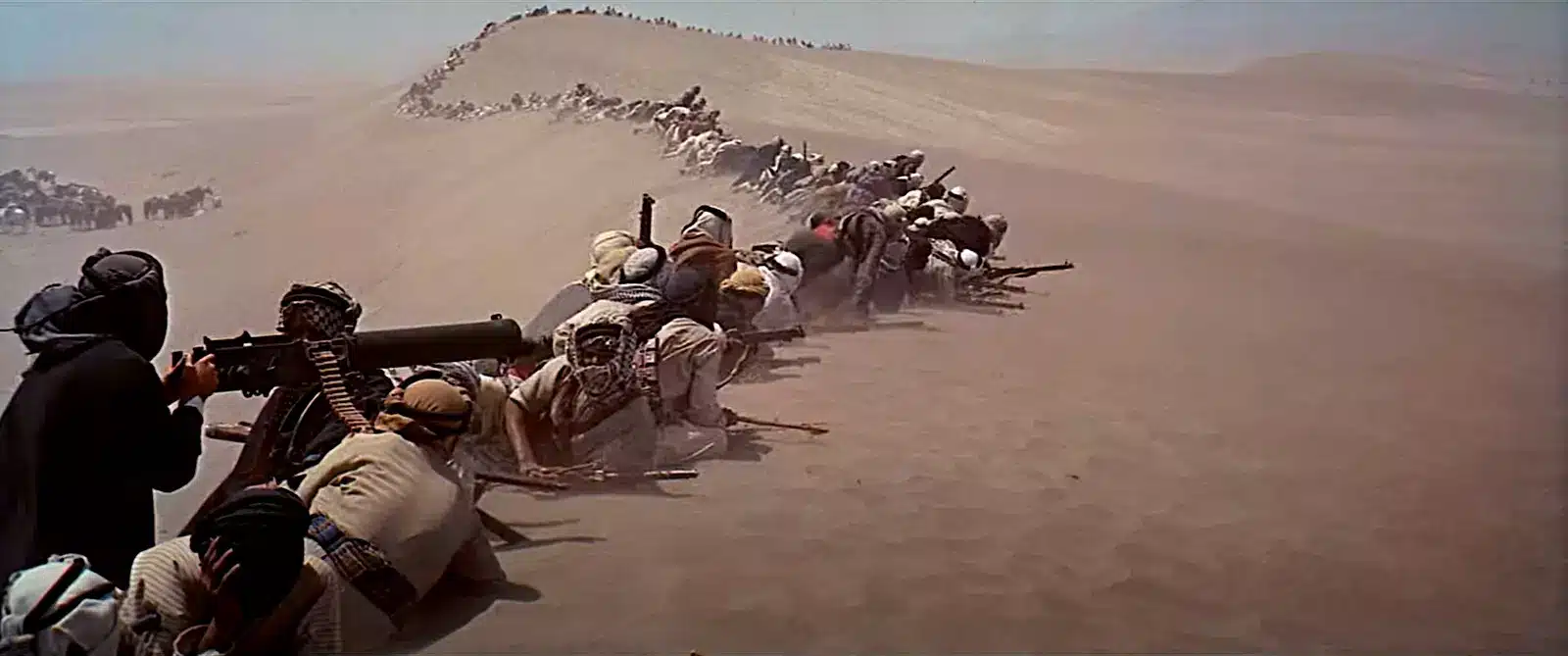
Aqaba, now a part of the Kingdom of Jordan, was a Turkish Red Sea port key in the defense of the Arabian Peninsula from British attack. The large expanse of waterless desert east of the port was considered “uncrossable” by most, including many of the Bedouin Arabs that made up a pro-British guerilla force led by T.E. “Lawrence of Arabia.” Despite the impressions from the epic 1960 movie of Lawrence being a novice to the desert, he had, in fact, spent much of his life in the Middle East, training himself to adapt to the desert by walking for months while conducting archeological surveys. Lawrence was able to convince the leaders of his native force to risk that part of the desert, which resulted in the capture of Aqaba with very few Arab casualties and allowed British forces to land and threaten Turkish control of the region.
At the start of World War II in the Pacific, the British considered their fortress on the island of Singapore on the Malaysian peninsula to be as secure as their long-held fortress of Gibraltar on the Iberian peninsula. Apparently, none of them had been involved in the attack on Aqaba in the previous war. Powerful long-range coastal artillery precluded invasion from the sea, and the tropical jungle on the land-side was also considered impenetrable by the defenders. However, in a little over one week during February 1942, a smaller Japanese force took the island fortress, resulting in one of the largest surrenders of British and Commonwealth forces in any war.
Related: Nobuo Fujita: The only Japanese pilot to bomb mainland America during WWII
Winter
Both Napoleon and Hitler encountered what the Russians call General Winter in their disastrous attempts to invade that country. Both began their attacks in summer, hoping to achieve victory before winter set in. Both times the Russians delayed the invaders by grudgingly trading land for defense until winter arrived, leaving the invaders to suffer and die, literally “out in the cold.”
The effect of weather today on military actions today
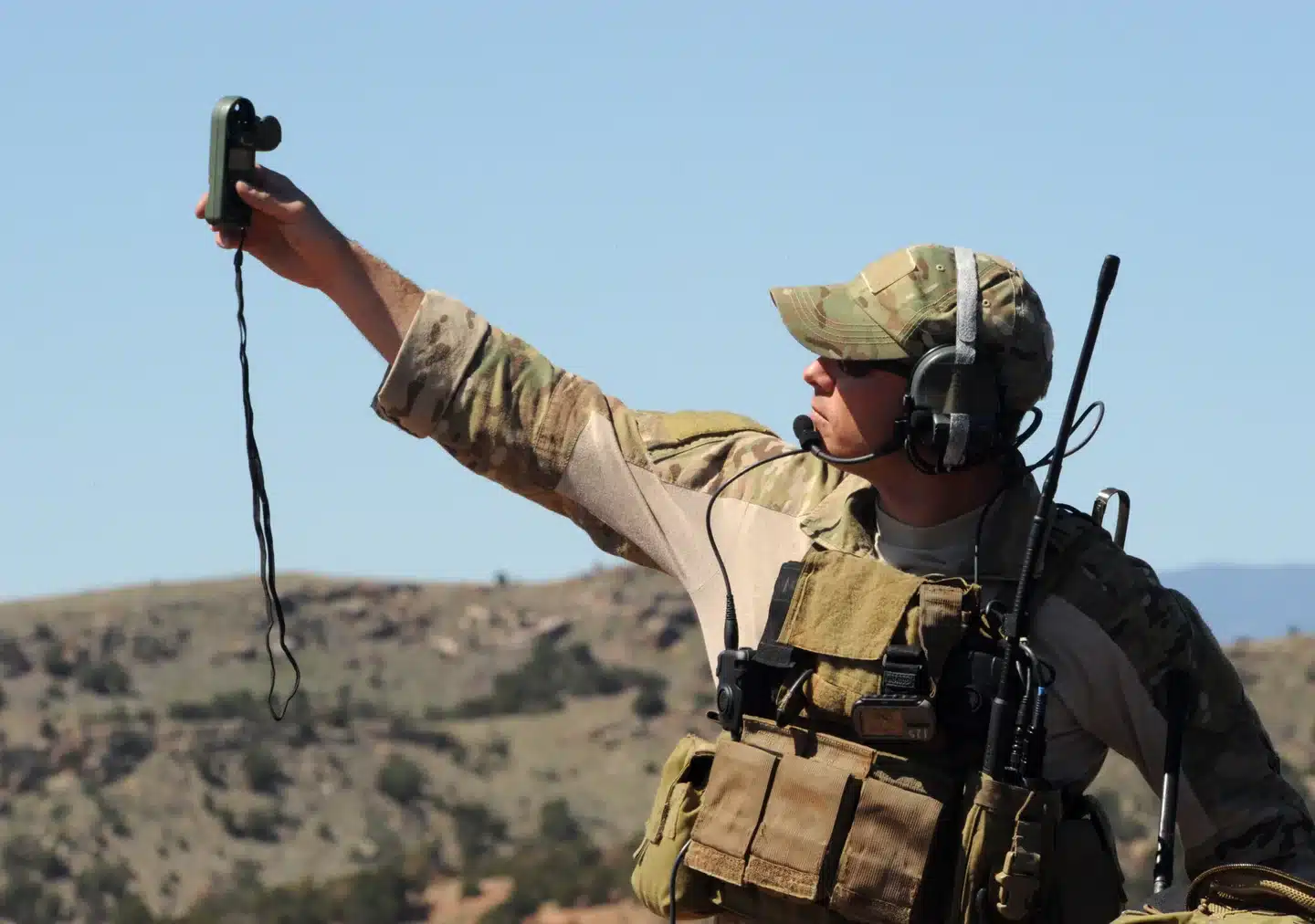
Weather is still such an important military factor today that the U.S. Air Force has Special Operations Weathermen Teams (SOWT)– meteorologists with unique training (HALO parachuting/scuba, etc.) to operate in hostile or denied territory. They gather, assess and interpret weather and environmental intelligence from forward deployed locations, working primarily with Air Force and Army Special Operations Forces. SOWTs are also attached to Marine MARSOC and Navy SEAL teams when required.
The Air Force’s 2nd Weather Group referred to as “Global,” is headquartered at Offutt Air Force Base, Nebraska, and monitors worldwide weather 24 hours per day and provides global weather information to the Department of Defense, national agencies, and Allied nations. Understanding space weather, such as solar winds and magnetic storms, has become more critical as many intelligence and communications capabilities have migrated to orbital satellites. Global operates four solar observatories, located in Australia, Massachusetts, New Mexico, and Hawaii to provide data for space weather forecasts and warnings.
This article by Terry Lloyd was originally published by We Are the Mighty.
Read more from Sandboxx News
- This is why the Colt M1903 was the pistol of choice of the OSS
- Cold-weather adventures in the US Army
- The Long Range Desert Group and the birth of special ops around the world
- As Arctic tensions heat up, DARPA wants to control ice formations like Princess Elsa
- Abraham Wald saved hundreds of flight crews with statistics
Related Posts
Sandboxx News Merch
-

‘AirPower’ Classic Hoodie
$46.00 – $48.00 Select options This product has multiple variants. The options may be chosen on the product page -

‘Sandboxx News’ Trucker Cap
$27.00 Select options This product has multiple variants. The options may be chosen on the product page -

‘Kinetic Diplomacy’ Bumper Sticker (White)
$8.00 Add to cart
We Are the Mighty
Related to: Breaking News, Military Affairs, Military History
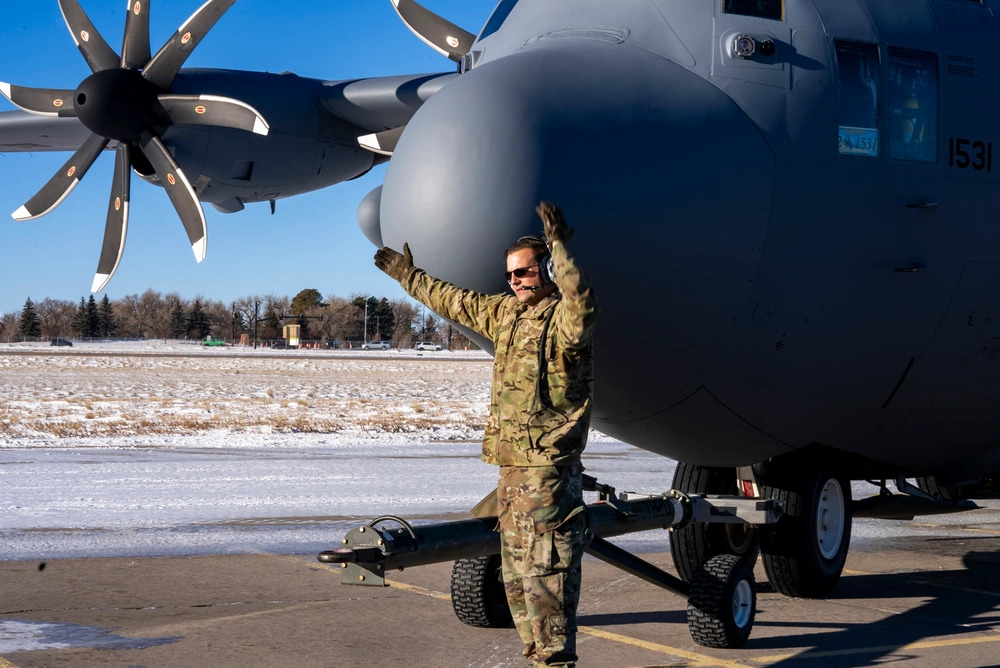
Video: US military sends aircraft to help with LA fires
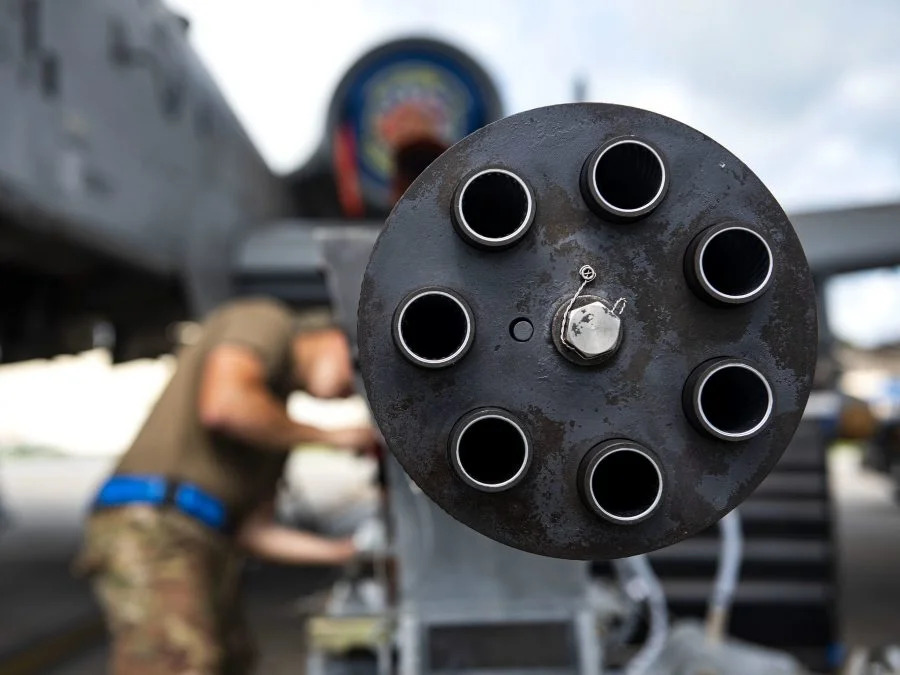
Video: DARPA wants to arms a missile with cannons
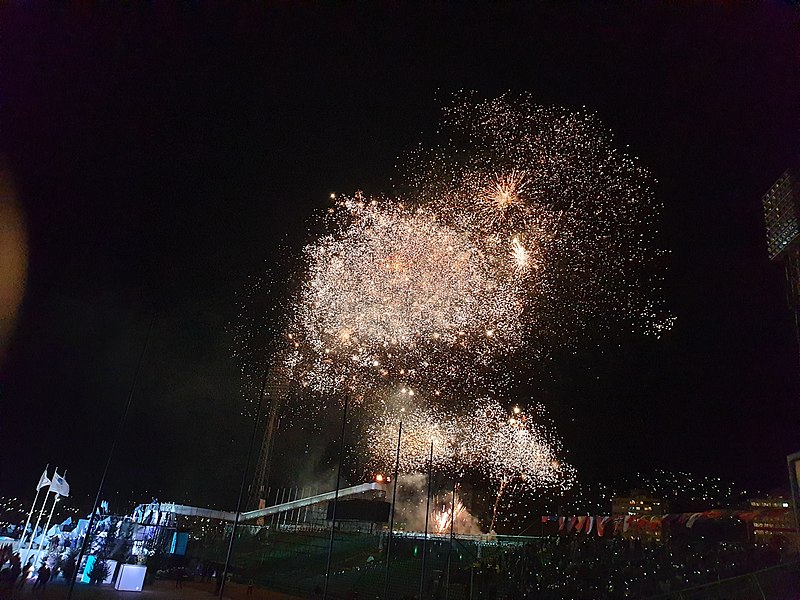
How a Delta Force operator celebrated New Year’s in Bosnia

How have American military rations evolved in the last century
Sandboxx News
-

‘Sandboxx News’ Trucker Cap
$27.00 Select options This product has multiple variants. The options may be chosen on the product page -

‘AirPower’ Classic Hoodie
$46.00 – $48.00 Select options This product has multiple variants. The options may be chosen on the product page -

‘AirPower’ Golf Rope Hat
$31.00 Select options This product has multiple variants. The options may be chosen on the product page -

‘Sandboxx News’ Dad Hat
$27.00 Select options This product has multiple variants. The options may be chosen on the product page
